Celebrating state trees of the Chesapeake
These six native trees provide numerous benefits
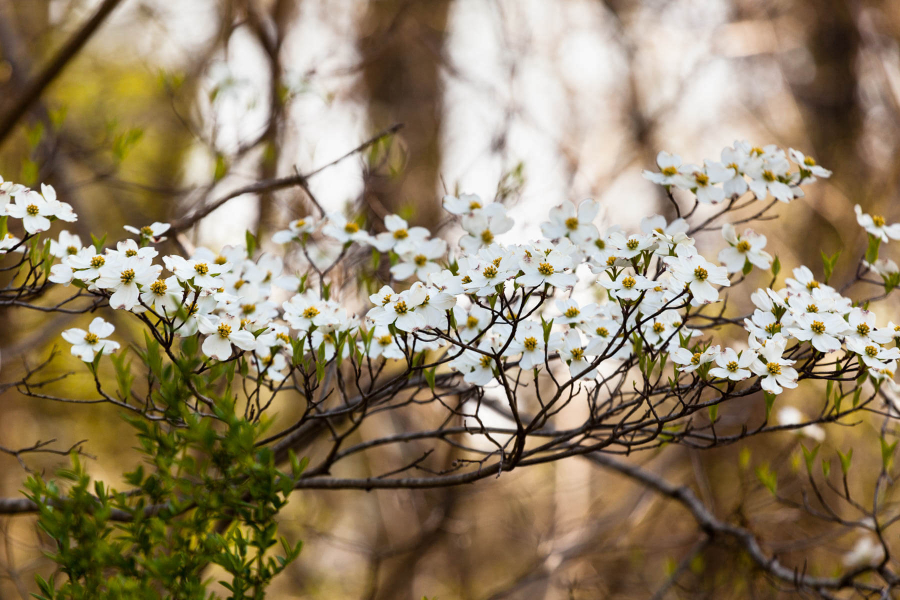
Trees are vital to a healthy Chesapeake. They provide clean air and water, food and habitat for wildlife, and support the region’s economy. The states within the Chesapeake watershed—New York, Pennsylvania, Delaware, Maryland, Virginia and West Virginia—and the District of Columbia each have an official tree, all of which are native to the region. Learn more about these trees below.
Virginia: Flowering dogwood (Cornus florida)
Flowering dogwood is a short, rounded tree known for its distinctive white and pink blooms. The flower itself is the small, greenish yellow part in the middle of the bloom. The four petal-like parts surrounding the flower aren’t petals at all—they’re actually bracts, a type of modified leaf.
These trees are fairly common in yards and gardens. They provide food and habitat for birds, bees and a variety of mammals, from chipmunks to black bears. Many of these animals eat the seeds of the plant. The yellow or red fruit the tree produces in autumn is poisonous to humans.
New York and West Virginia: Sugar maple (Acher saccharum)
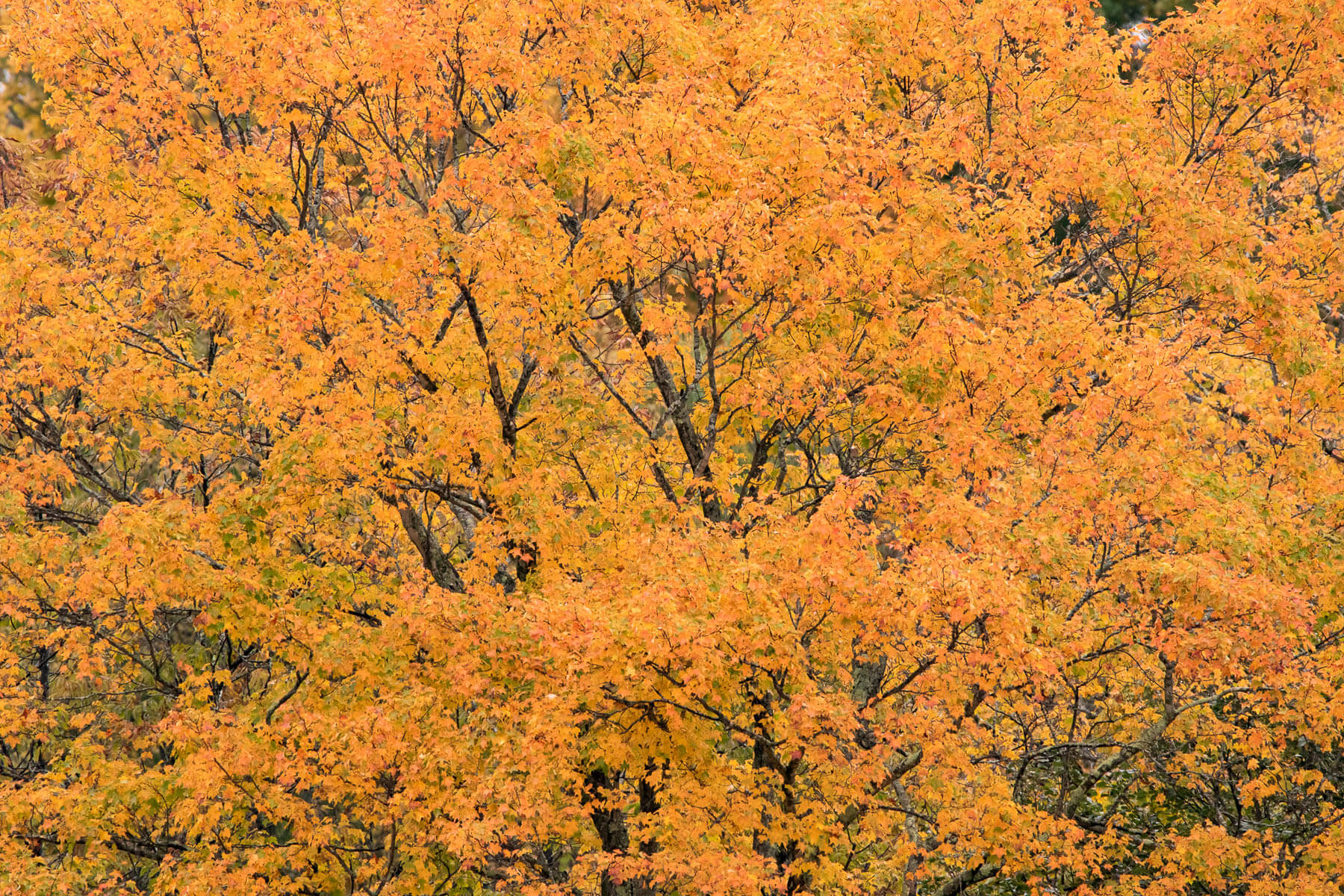
Sugar maples are so wonderful, they’re the state tree of two watershed states! While the sugar maple isn’t the only tree that can be used for making maple syrup, it is the best—its sap contains twice as much sugar as other maple species. Still, it takes 30 to 40 gallons of sugar maple sap to make one gallon of maple syrup.
Sugar maples support a variety of wildlife, including bees, songbirds, squirrels, deer and porcupines. They are a valuable hardwood frequently used in furniture and flooring. Sugar maples are particularly susceptible to heat and air pollution, so are not commonly found lining streets, but are widespread in forests throughout the Chesapeake region.
Pennsylvania: Eastern hemlock (Tsuga canadensis)
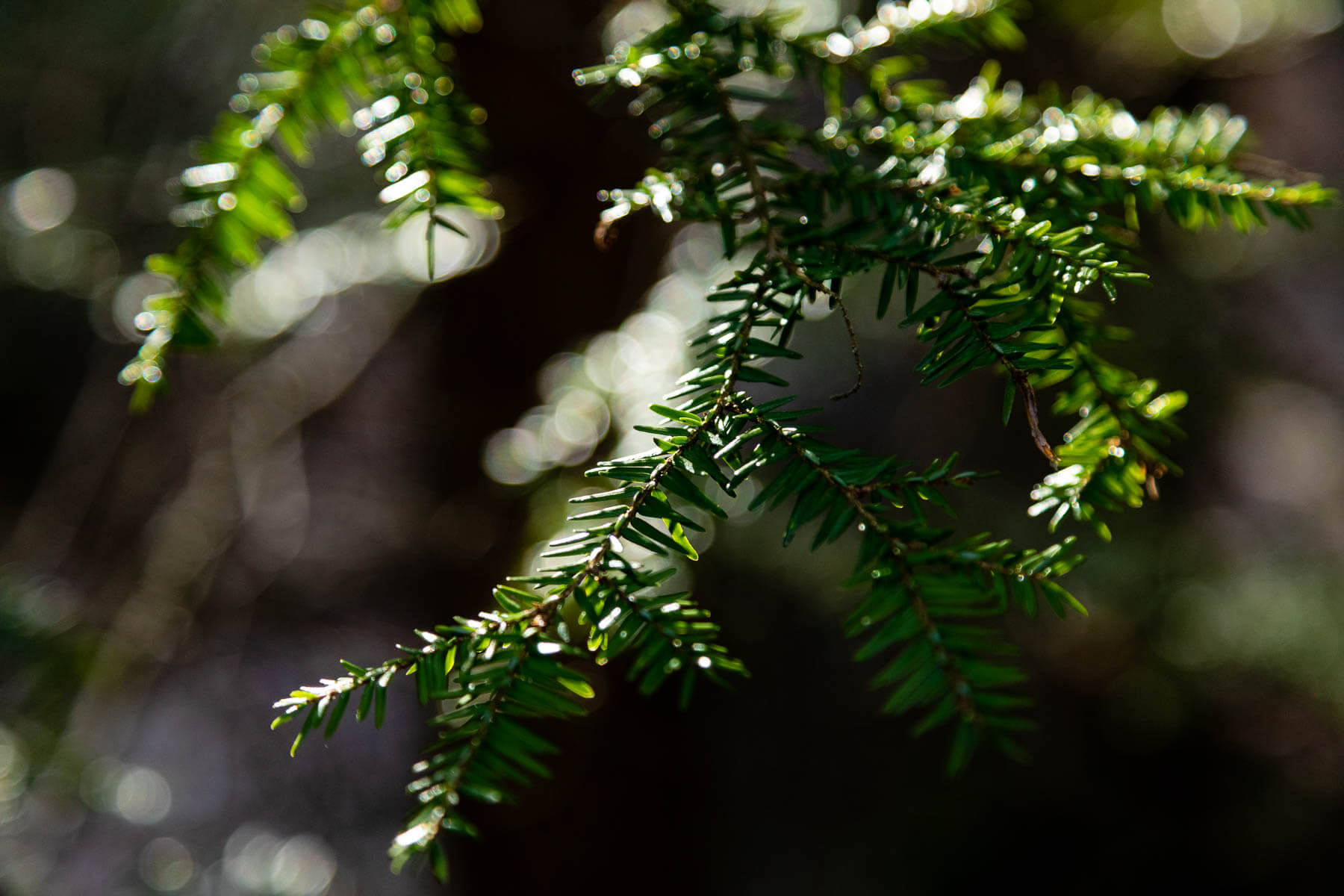
The eastern hemlock is a type of pine tree that can grow up to 100 feet in height. The needles have a silvery look and the cones are typically less than an inch in length. These trees grow slowly and can live for more than 900 years.
The bark is scaly-looking and has long been used in leather-making as a source of tannin. The wood of the tree is soft with many knots, but the lumber can be used for wood pulp. Grouse, deer, squirrels and rabbits feed on the seeds or needles.
Maryland: White oak (Quercus alba)
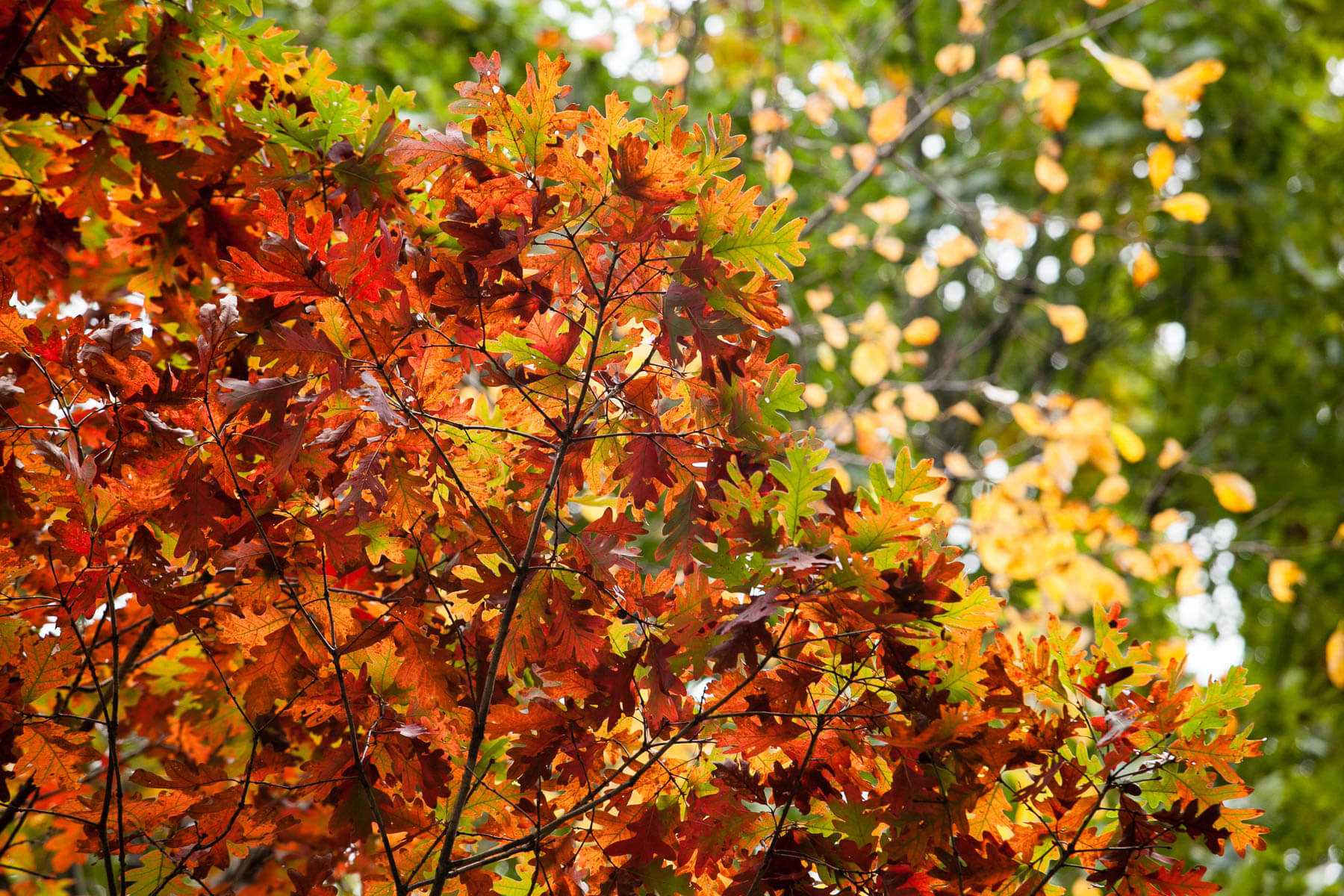
The white oak is a large shade tree with light gray furrowed bark and lobed green leaves. Leaves that grow in the sun tend to have longer lobes, while those that grow in the shade have shallower lobes. Birds, rodents and deer feed on various parts of the tree.
The largest known white oak tree, which had a trunk circumference of 32 feet, grew in Wye Oak State Park, in Talbot County, Maryland. The Wye Oak sprouted around 1540 and was recognized as the nation’s oldest oak tree. Unfortunately, the tree was destroyed by a storm in 2002. Now, one of its offspring grows in its place.
Delaware: American holly (Ilex opaca)
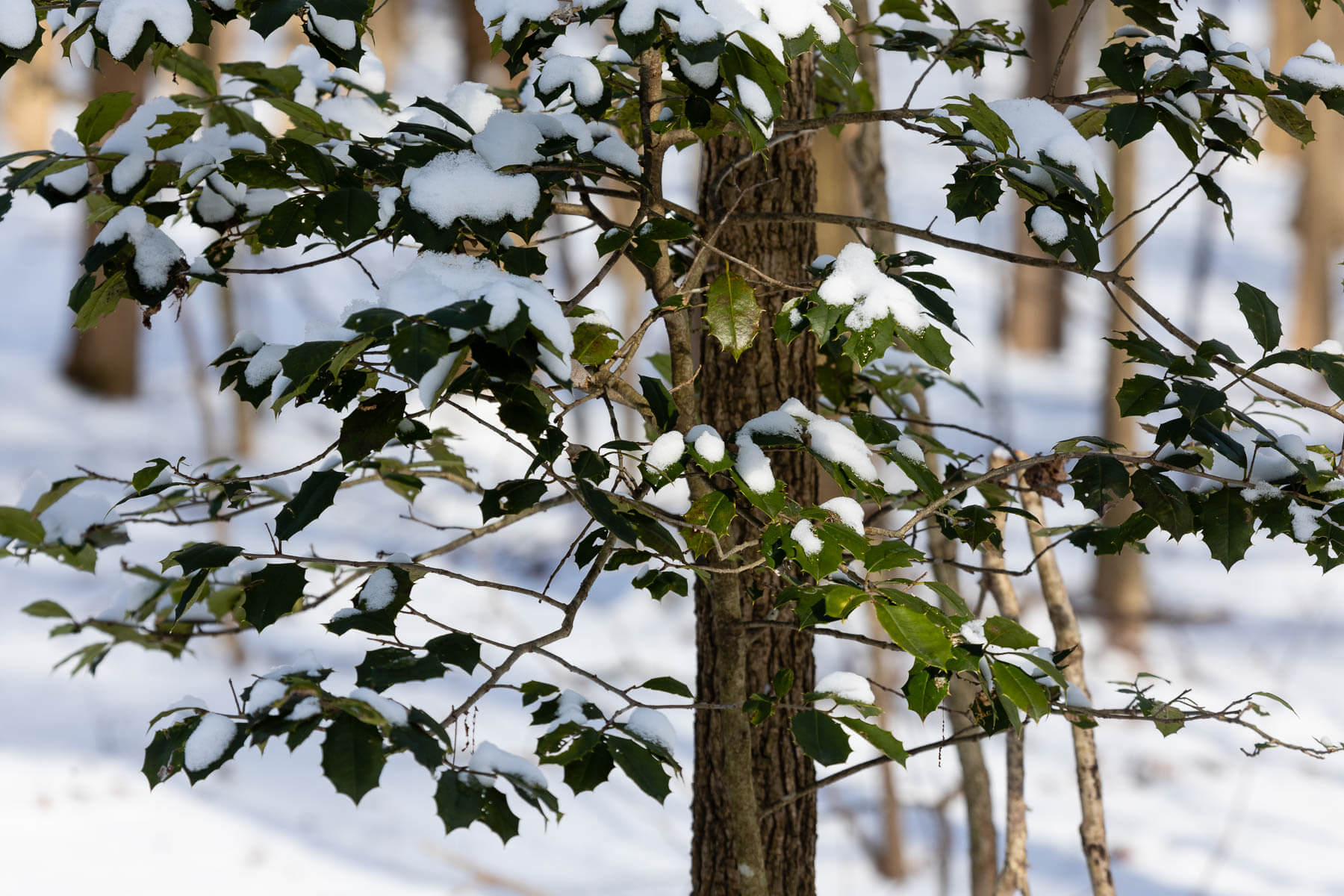
The American holly typically only grows 15 to 30 feet in height. It has stiff, prickly leaves and bright red berries that are commonly used as decoration during Christmas. American holly grows in the southern portion of the Chesapeake watershed.
Holly berries provide food for songbirds, quail and wild turkey, but can be toxic to some animal species. The wood is a beautiful ivory color and is used for piano keys, model ships and other decorative purposes.
District of Columbia: Scarlet oak (Quercus coccinea)
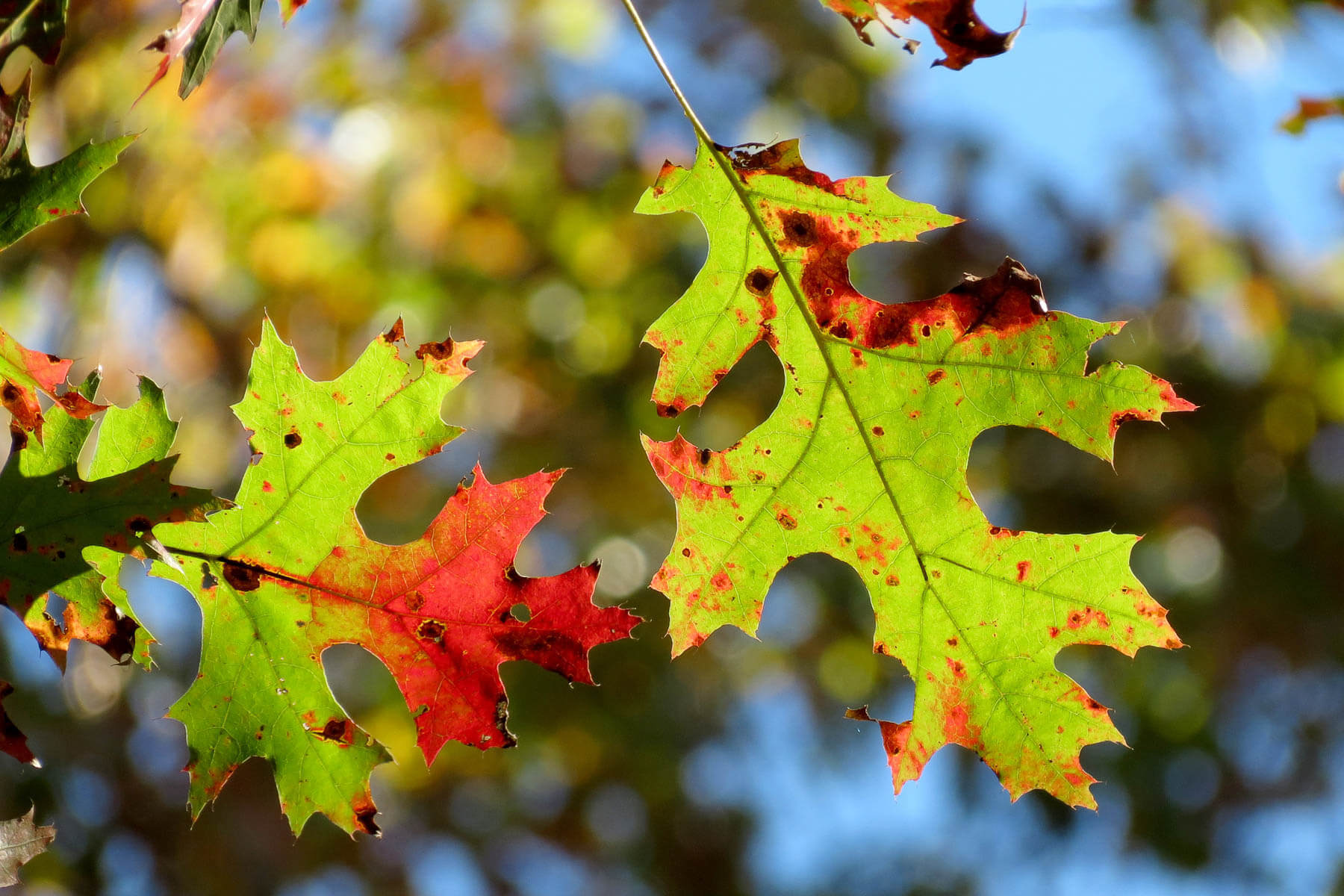
The scarlet oak grows to approximately 50 to 70 feet in height and has leaves with deep pointed lobes. As the name suggests, the leaves turn a beautiful deep red color in autumn. As the official tree of D.C., they can be found on the grounds of the White House and the Capitol.
Scarlet oak trees can be found throughout the Chesapeake region. They provide food and habitat for various bird species, squirrels and chipmunks, mice and white-tailed deer. Like many types of oak trees, scarlet oak serves as a host for hundreds of moth and butterfly caterpillar species.
You can learn more about the many tree species that grow throughout the Chesapeake in our field guide. Do you have a favorite type of tree? Let us know in the comments!

Comments
There are no comments.
Thank you!
Your comment has been received. Before it can be published, the comment will be reviewed by our team to ensure it adheres with our rules of engagement.
Back to recent stories